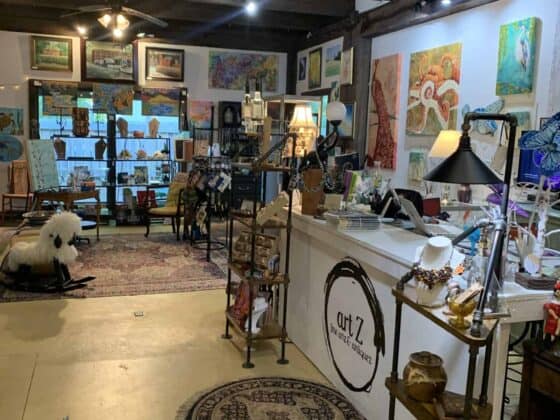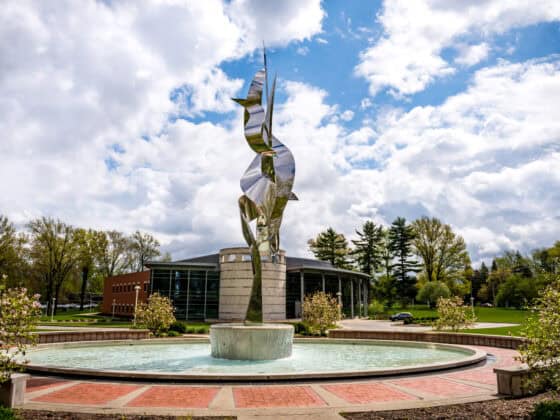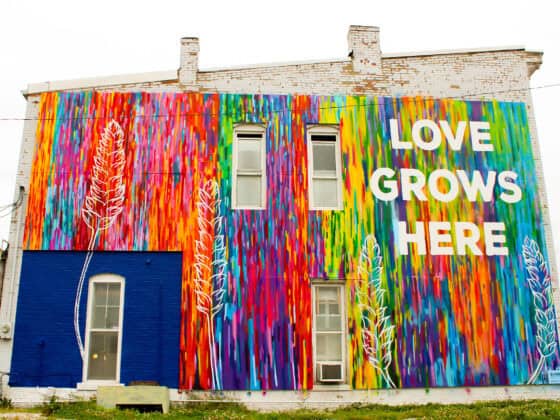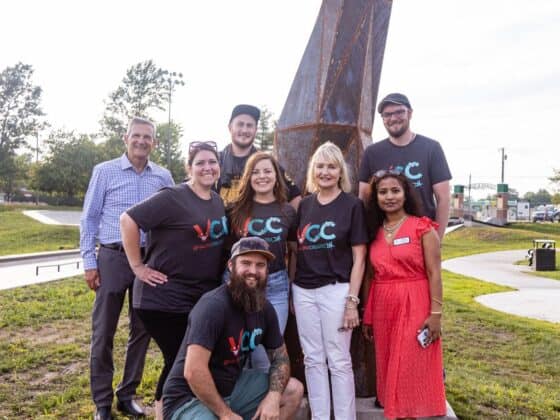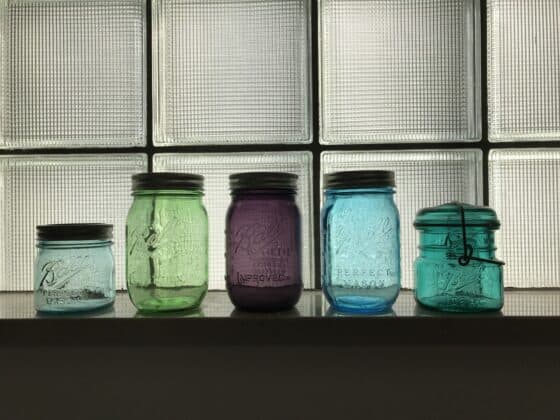Minnetrista’s powerful new exhibit—FIX: Heartbreak and Hope Inside Our Opioid Crisis— visitors are invited to come together beginning Saturday, August 28, to shift the conversation and break the stigma surrounding opioid use disorder.
This exhibit will allow visitors to investigate the science and biology behind opioid use disorder, our nation’s history with other health crises, hear personal stories from Hoosiers impacted by the opioid crisis, and explore the various roads to recovery. Not only does this exhibit help to start the conversation, but it also allows visitors to continue the conversation after leaving with tools to constructively discuss healthy ways to deal with addiction, stress, and depression.
“One thing I really like about FIX is that there is a conscious effort to make a tough topic accessible in story, design and feel,” said Nalleli Guillen, Minnetrista’s associate director of exhibition and curation. “There’s a lot of shame involved around the idea of substance abuse, and it doesn’t have to be that way. Putting together something like this that is trying to overcome that and help people learn – I think that’s what museums should be doing.”
Hands-on interactives allow families to explore the real science behind cravings or addictions. Visitors can go inside a giant fabric brain to learn about how opioids affect the brain and explore a quilt fort created by Indianapolis artist and person in recovery himself, Philip Campbell. Photos taken just for the exhibit by Pulitzer Prize-winning photographer Bill Foley will show what recovery can look like around the state.
At the end of the experience, visitors will find resources about the topic, so that they know where to get help or where to look if they would like to help find solutions themselves.
FIX was created at the Indiana State Museum, where it ran from February 1, 2020, to August 1, 2021. In 2020, the exhibit won the Best Practices award from the Association of Midwest Museums and an award from the organization Overdose Lifeline.
Minnetrista aims to remove the shame and isolation surrounding this disease to show how all of us can play a pivotal role in managing this devastating crisis. There are many misconceptions and myths surrounding opioid use disorder.
“It’s story-driven, it’s personal-experience-driven,” Guillen said. “It’s not dictating anything to people. It’s examples, neighbors, story – which humanizes the subject. You’re looking at someone’s face and hearing their words directly.”
For more information visit minnetrista.net. Follow Minnetrista on Facebook and Twitter for the most up-to-date information on exhibits and events.



